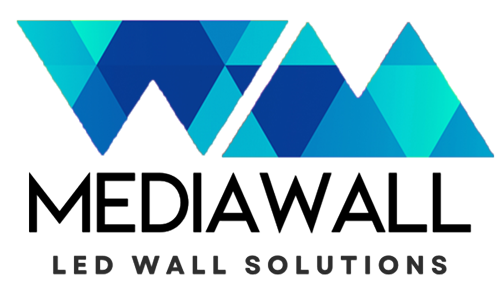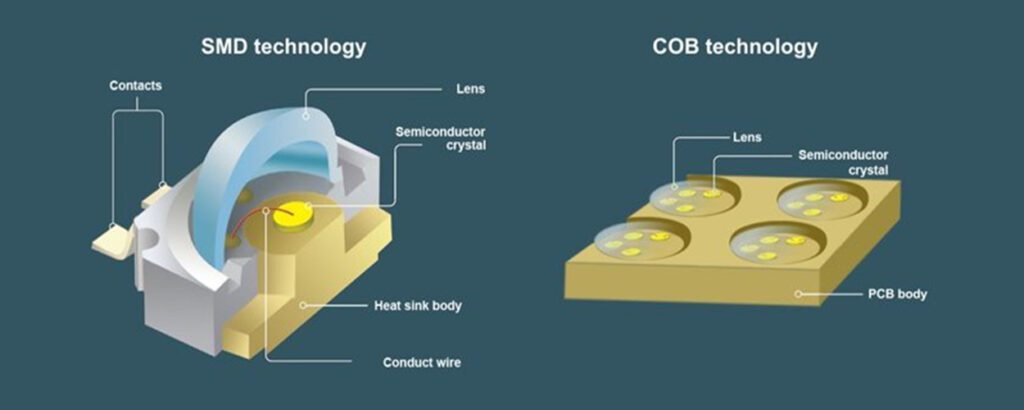COB LED vs. SMD LED, What is the Difference? Which is better?
It’s widely known that the smaller the pixel pitch of an LED display screen, the higher the resolution and the better the picture quality. In recent years, COB (Chip on Board) and SMD (Surface Mount Device) technologies have been leading the small-pitch display market, playing crucial roles in achieving finer pixel pitches for LED screens. While both COB and SMD LED technologies offer unique benefits, there’s a common perception that COB, with its various technological advantages, outperforms traditional SMD. In this article, we will compare COB and SMD LED technologies to help you make an informed choice when selecting the LED display screen that best meets your needs.
What is SMD LED Technology?
SMD stands for Surface Mount Device, a type of LED packaging technology where LED chips are mounted directly onto a printed circuit board (PCB). This process involves packaging components like lamp cups, brackets, and crystal elements into different sizes of light beads. These beads are then attached to the PCB using high-speed SMT machines and high-temperature reflow soldering.

What is COB LED Technology?
COB stands for Chip on Board, a technology where LED light-emitting chips are directly mounted onto the PCB with precision. These chips are connected to the driver components on the board through special media that offer high protection.
Though this might seem complex, in simple terms, COB LED displays enable the creation of large LED screens with resolutions of 4K, 8K, and even 16K. This is possible because COB technology surpasses the pixel pitch limitations of SMD LEDs, allowing for higher pixel density.
COB small pixel pitch products are available in increments of 0.1mm, ranging from 0.5mm to 3.3mm.

Advantage of COB technology:
1. Uniform Light distribution, less glare and better visual perception
In a COB LED display, the tightly packed array of LED chips allows for better color mixing and even light distribution. In contrast, SMD LED displays use individual light beads, creating a point light source effect. COB LED displays feature an encapsulation over the light-emitting chips, which scatters and refracts the light to transform it into a surface light source.
Point light sources, like those in SMD LED technology, can cause glare because they combine light from many sources. Surface light sources, however, provide a more uniform light, improving visual perception and reducing eye strain, making them better suited for prolonged close-range viewing.
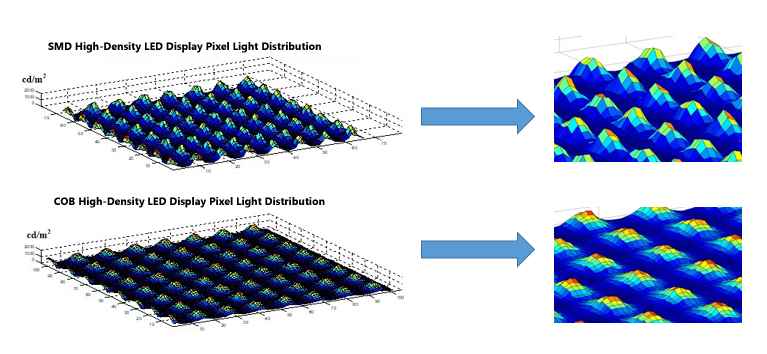
2. Higher Contrast
Using new encapsulation processes, COB LED displays can reach a contrast ratio of over 20000:1, compared to SMD LED displays which typically stay below 10000:1. As a result, COB LED screens offer a viewing experience similar to LCD screens, with brighter colors and sharper details when viewed from the front.
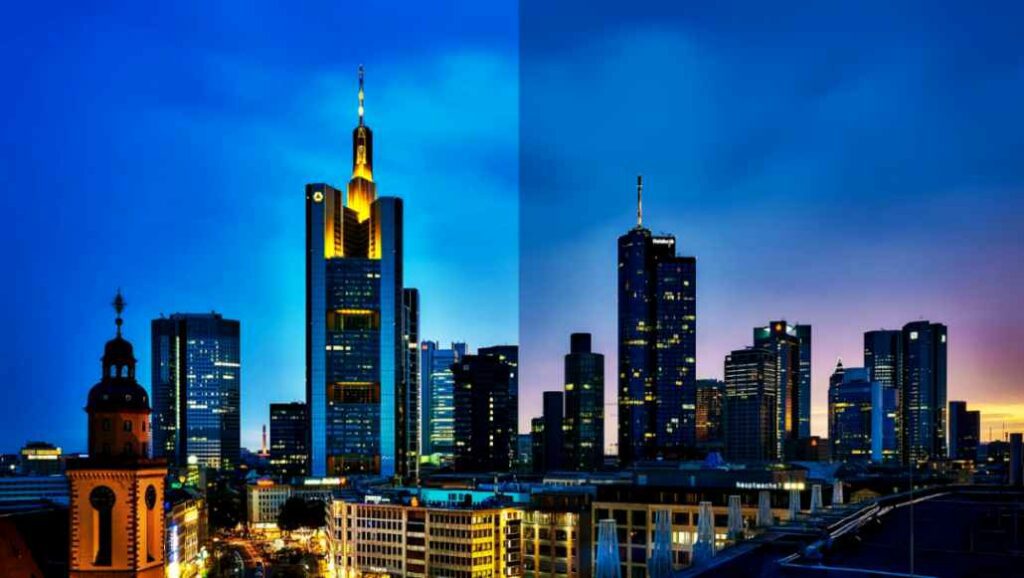
3. Higher brightness with lower power consumption
COB LED modules offer higher brightness and lower power consumption than SMD LED modules due to their more compact chip design.
4. Excellent heat dissipation
SMD lights have chips with light beads in a shell, and heat has to travel through the shell to the circuit board, which is more complicated. COB lights have chips directly on the circuit board, so heat goes straight to the board. This makes COB lights cool down better and last longer.
5. Very low pixel failure rate
COB packaged LED displays have a much lower rate of dead or dropped lights compared to SMD packages, leading to better stability. This is because, in COB (Chip on Board) technology, the LED chips are directly bonded to the circuit board and then encapsulated, which reduces the number of solder points and connections that can fail.
6. Higher Energy Efficiency
COB LED screens offer higher energy-saving benefits compared to SMD LED display screens. This is because SMD LEDs often use a forward mounting process, which can obstruct light output due to wiring above the light source. In contrast, COB LED screens mostly use a flip-chip mounting process, resulting in unobstructed light emission. Therefore, COB LED screens achieve the same brightness levels with lower power consumption, making them more cost-effective.
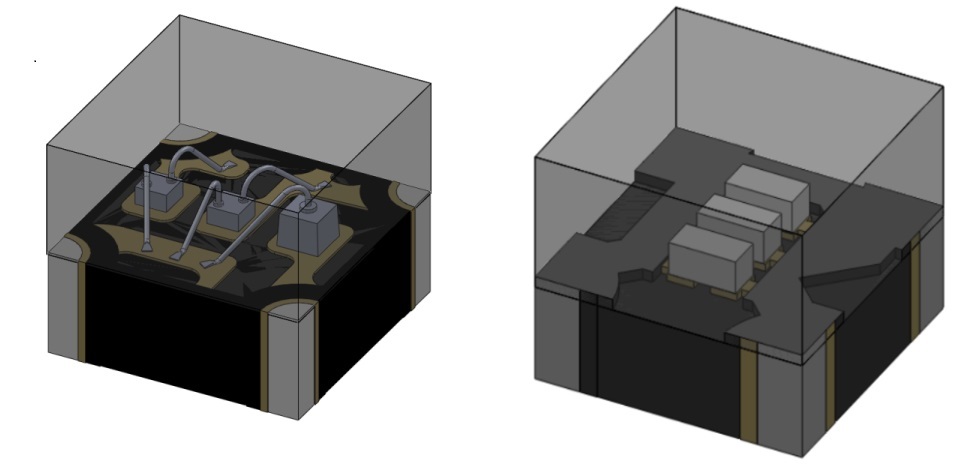
7. Outstanding protection ability
Thanks to its advanced coating technology, COB LED displays are protected from moisture, water, dust, UV rays, and impacts. This ensures high visual performance combined with strong protection and reliability.
8. Wider viewing angle
The viewing angle can reach 175° to 180° with a better optical diffuse color muddy light effect.
Disadvantage of COB technology:
1. Higher initial cost
The precision and advanced technology used in manufacturing COB modules can lead to a higher initial cost compared to traditional display modules. However, for LED panels that are less than 1.8mm, the total cost of ownership becomes similar. As LED screens trend towards higher resolutions such as 2K, 4K, and 8K, COB modules are expected to become more cost-effective compared to SMD modules.
2. More complex to repair
Repairs for COB modules can be difficult and costly due to the specialized equipment required. In many cases, cabinets need to be sent back to the factory for repairs. However, this issue is minimized because COB modules are more stable and have significantly fewer dead pixels.
Summary
In summary, COB technology offers superior image performance, reliability, and energy efficiency. However, it has some disadvantages in terms of cost and ease of repair. The choice between COB and SMD technologies depends on specific application scenarios and requirements. Whether you prioritize superior image quality or long-term cost-effectiveness, having a thorough understanding of the differences between COB and SMD technologies will help in making well-informed decisions.
Please check out our latest COB LED wall model here
